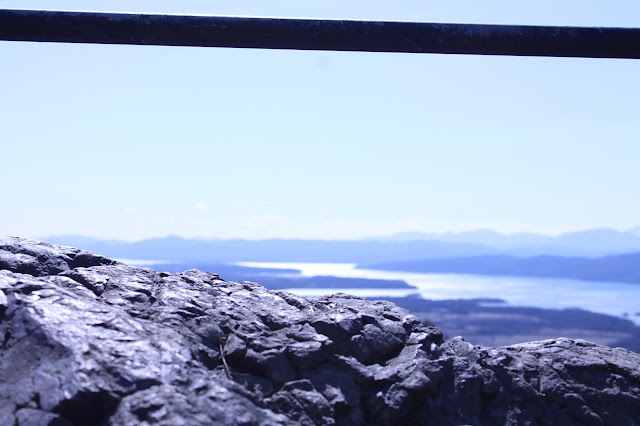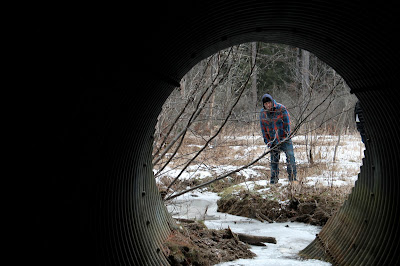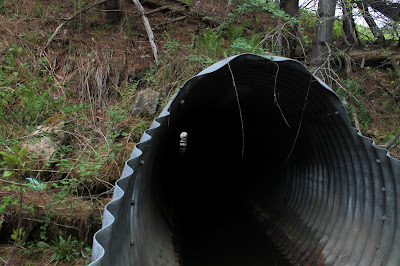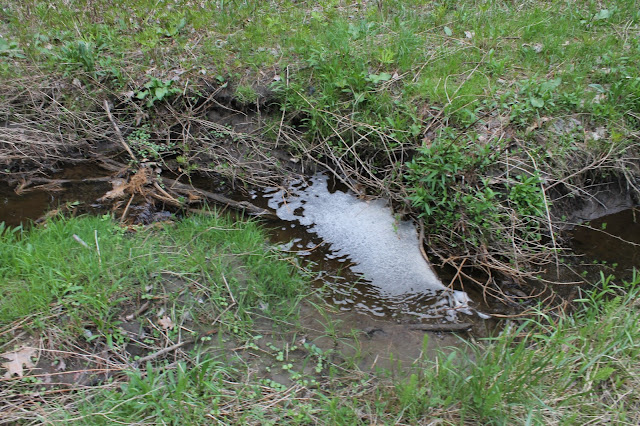Visions of the Landscape Journal
Throughout the semester different locations evoked different emotions and stirred up various thoughts and images, here are some of them.
Gloucester, MA
This was one of the first picture I took with my camera and it made me think of the tight bond between water and land for the people of Gloucester. The economy and livelihoods of the citizens of Gloucester have always depended on fish and rocks and this picture seems to show the interconnection.
Shelburne Farms
The next two photos were chosen because I felt that they represented an evolving landscape. While the old tractor slowly sinks into the soil the new CAT awaits the spring and its turn to work.
Jericho Research Forest
I was really impressed at the hardiness of the moss in the woods. With frozen ground and tree beneath it, snow surrounding it and dead leaves upon it the moss continues to survive.
Shelburne Ponds
The first picture was a real reminder of the strength of nature. The mountains in the background were formed essentially in the same manner as the peaks of ice in the foreground.
This picture reminded me of old westerns where the bones of a cow would be sticking out of the hot sand but in this instance it is the bones of a tree poking through the ice and into the sunlight.
Williams Woods
I thought this was great timing and really loved having a fast shutter speed to capture the snowball leaving Sterling's hand. I thought it was another great example of having the same fun as when we were ten years younger with throwing snowballs.
The thickness of the bark on this tree impressed me and the damage done to the tree since the bark was separated was interesting. It really shows that you need a thick skin to get through life.
Audobon
The remnants of the ice high above the water level provide a glimpse into the past. The ice and water stood at such a high in recent times and now the past is slowly melting away.
While small in comparison, this frozen river of ice reminded me of how glaciers slowly move downhill and I felt a tinge of sadness to know that due to us many of the glacier of mighty size would be reduced to the size of the one pictured.
I attempted a Ansel Adams-esque shot where he captured mirror lake and I captured a beaver pond but it didn''t have the same effect. Having had attempted the picture at mirror lake as well, it amazes me as to how he does it so well.
This barbed wire was growing into the tree and just this bit of fence post remained between it. This really reminded me of the history of Vermont and while the park may be a bird preserve it used to be working farmland.
Lone Rock Point
I thought it was interesting to compare the power of humans with that of nature. At first I only thought about how much less powerful humans are compared to the mountains beyond but then I realized this is a common miscue among humans. We must look beyond what is visible. The eutrophication of the lake, the pollution in the air above; we cannot focus on merely the visible changes humans make but the less tangible ones as well.
I frequently forget about the size of the lake and when we went to the top of Lone Rock Point I stood in awe as I remembered how vast this body of water was yet it is minuscule compared to the Great Lakes and even more so, the oceans.
Mt. Philo
Looking out from one thousand feet and seeing mountains that were five times higher blows my mind. It was very exciting to see all of the nature out there that stood to be explored by me.
Intervale
I always forget about how innovative farmers must be and how much of a commitment the job is. I was surprised to think that they were tending to the farm while snow still blanketed the ground and because of this created this contraption.
Much like the earlier photo of the tractor that was rusting away this shows that the act of farming is essentially timeless. This machine was over fifty years old and was regularly used. I was amazed that it still performed and people still knew how to use it.
This picture impressed me because you think about how many people have gathered beneath that roof and enjoyed picking up their fresh vegetables and the community surrounding it. It made me proud to think that more and more people were coming together for this old tradition.
Huntington Gorge
This picture made me consider the sheer power of the river, this tree was snapped like a matchstick during the last major storm I assume. Everyone included in the picture seems to understand the gravity of the situation as well as they examine the rush of the river through the gorge.
I couldn't have felt more disheartened at the sight of the trash in the river. For such a beautiful place it is sad to see people discard of their garbage and ruin the landscape.
I wanted to capture the speed of the river and the exhileration of standing beside such a fast flowing body of water. I was impressed at all of the grooves and smooth surfaces ground down by the powerful water that I learned to respect.


















































